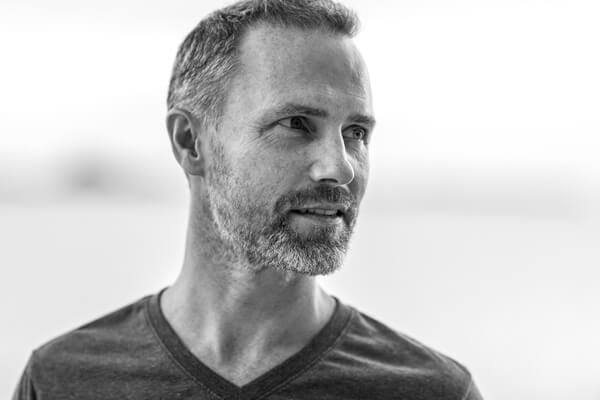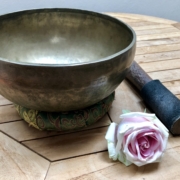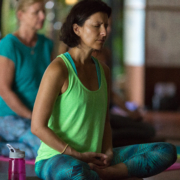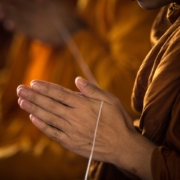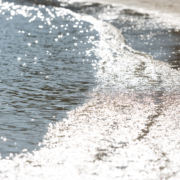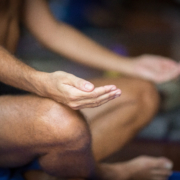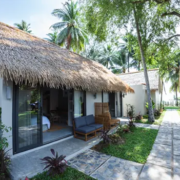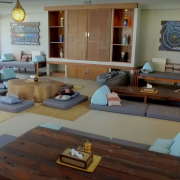 https://samahitaretreat.com/wp-content/uploads/2024/03/DJI_20231220135922_0003_D-scaled.jpg
1920
2560
Kirsten Mia
http://samahitaretreat.com/wp-content/uploads/2024/01/samahita-logo-v2.svg
Kirsten Mia2024-03-20 15:30:592024-03-20 15:30:59Travel, explore, be curious!
https://samahitaretreat.com/wp-content/uploads/2024/03/DJI_20231220135922_0003_D-scaled.jpg
1920
2560
Kirsten Mia
http://samahitaretreat.com/wp-content/uploads/2024/01/samahita-logo-v2.svg
Kirsten Mia2024-03-20 15:30:592024-03-20 15:30:59Travel, explore, be curious!Live Q&A with Paul Dallaghan
Paul Answers questions on Yoga, Pranayama and Life
Originally streamed live from Samahita on 17 April 2020
Some Sample questions answered in this video:
- In regards to Kapalabhatti, sometimes I’d feel energized and more awake after doing it. And there are times where I would feel sleepy – is that sleepiness an indication that I may not have done it correctly?
- Thank you for this Paul 🙏💚 if you have time to answer – some insight as to why sometimes – i may feel heat arising up the body to neck, ears, when doing ujayii pranayama (1:2:2) ratio, but other times its fine?.
- Can you give some guidance on ‘there needs to be a money exchange when teaching yoga’. Given recent corona situation I’ve been hosting classes for the elderly, neighbors etc who are in lock down but am not charging. Is this wrong? I have been encouraging people to donate towards people effected by covid. So I’m generating a sense of good will through the practice but not asking for money directly.
- Please explain more about the location of the third eye?
Dr. Paul Dallaghan’s expertise with breathwork, body and meditative practices comes from three sources: (1) three decades of daily dedicated practice and teaching these techniques; (2) uniquely acknowledged in the Yoga tradition by the title of “Master Yogi-Prānācharya (expert in breath)”, following an immersion in the original culture through one-on-one direct training in practice and study of ancient texts; (3) a PhD in doctoral scientific research at a leading US university (Emory) covering both the tradition and science of yoga and breath practices in terms of stress, health and aging. As a result, Paul occupies a unique space to impart genuine teaching and science on the breath, body, and meditative practices, seen as a Teacher-of-teachers and identified to carry on the tradition of Pranayama. His sincere and ongoing role is to teach, write and research, to help put out experienced and authentic information on these areas of how we live, breathe and be, to help people improve their mental and physical health, and live more fulfilling lives.
For more on his background see his bio
More from the Samahita Blog
